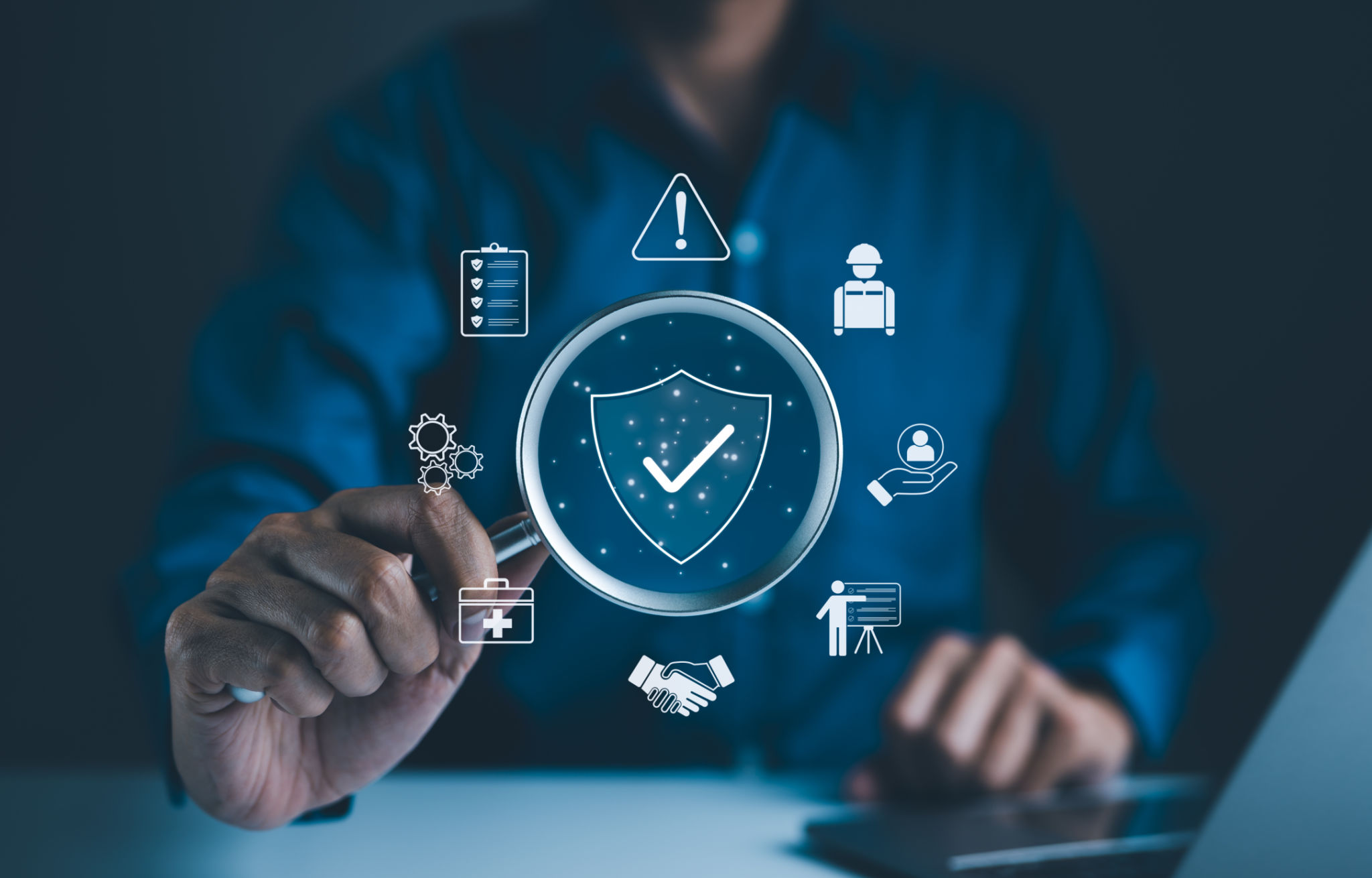Navigating Cybersecurity Risks: Essential Strategies for Distributed Teams
Understanding the Cybersecurity Challenges of Distributed Teams
As businesses increasingly adopt distributed teams, they face new cybersecurity challenges. With employees working from various locations, often using personal devices and unsecured networks, the risk of data breaches and cyber threats escalates. It is essential for organizations to understand these risks and implement strategies to protect their data and systems.
One of the main challenges is maintaining secure communication channels. Distributed teams often rely on multiple communication platforms, which can become a target for cyber attacks if not properly secured. Ensuring that these platforms are encrypted and regularly updated is crucial to safeguarding sensitive information.

Implementing Robust Security Measures
To effectively mitigate cybersecurity risks, companies must implement robust security measures. This includes deploying strong authentication methods, such as two-factor authentication (2FA), to verify user identities before granting access to company resources. Utilizing strong, unique passwords for different applications and systems also plays a vital role in enhancing security.
Regular software updates are another critical component of a solid cybersecurity strategy. By keeping all software and systems updated with the latest patches and security features, companies can protect themselves against vulnerabilities that cybercriminals might exploit.

Training and Awareness
Employee training is an essential element in reducing cybersecurity risks for distributed teams. Regular training sessions help employees recognize phishing attempts, suspicious links, and other common cyber threats. Building a culture of security awareness ensures that every team member understands their role in protecting the company's assets.
Organizations should also establish clear policies and guidelines for remote work. These policies should outline best practices for handling company data, using personal devices, and accessing networks securely. By setting clear expectations, companies can minimize the risk of human error leading to a security breach.

Utilizing Advanced Technologies
Advanced technologies like Virtual Private Networks (VPNs) and cloud security solutions play a significant role in protecting distributed teams. VPNs encrypt internet traffic, providing a secure tunnel for data transmission between remote workers and company servers. This encryption helps prevent unauthorized access and data interception.
Cloud security solutions offer a scalable way to protect data stored in cloud environments. By leveraging advanced security features such as data encryption, intrusion detection, and access control, businesses can safeguard their cloud-based assets from potential threats.
Regular Security Audits
Conducting regular security audits is essential for identifying potential vulnerabilities within a company's IT infrastructure. These audits help organizations assess their current security posture and make necessary adjustments to improve defenses against cyber threats.
By staying proactive and continually evaluating their cybersecurity strategies, businesses can ensure that they remain resilient against evolving threats. Regular audits also demonstrate a commitment to security, building trust with clients and partners.

Conclusion
Navigating cybersecurity risks for distributed teams requires a comprehensive approach that combines technology, training, and proactive measures. By understanding the unique challenges of remote work environments and implementing effective strategies, businesses can protect their data and maintain operational integrity.
As the landscape of work continues to evolve, staying vigilant and adaptable is key to ensuring cybersecurity remains a top priority for distributed teams around the globe.